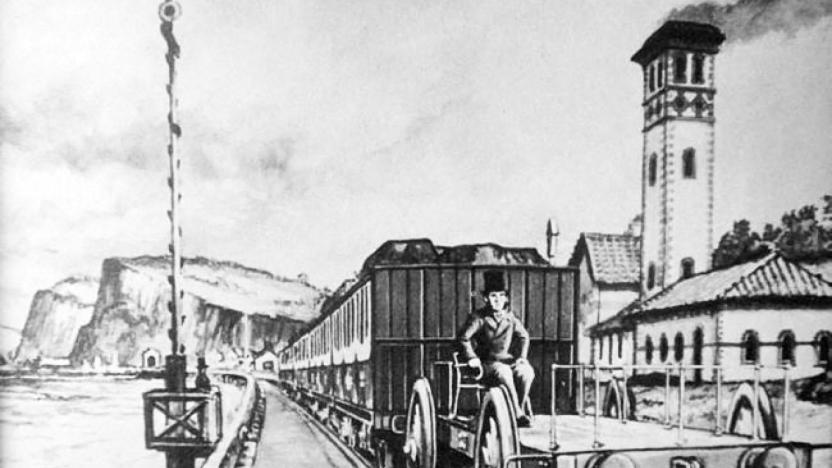beachpneumatictransit
Latest

A brief history of when trains ran on air
Isambard Kingdom Brunel was and is one of the most celebrated engineers ever to have lived. There's a London university named after him, statues commemorating him across the UK, and many of the tunnels and bridges he built are still in use today. He designed London's Paddington station, built the first transatlantic steamship powered by propellers, and was chief engineer of the Great Western Railway, which connected the capital to distant parts of England and Wales. His legacy isn't just one of achievements, though. He is also renowned for his involvement in one failed project in particular: Brunel's atmospheric railway (or "caper," as it's sometimes called). Cars on the line -- officially, the South Devon Railway -- had no on-board engines, as they were driven by air pressure alone. But the design of the system was ultimately flawed. Within a year of service starting, atmospheric propulsion on the South Devon Railway was quickly abandoned.
